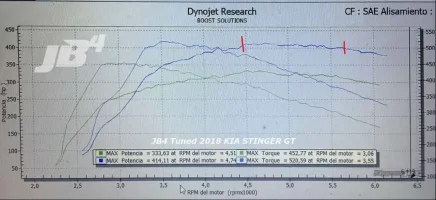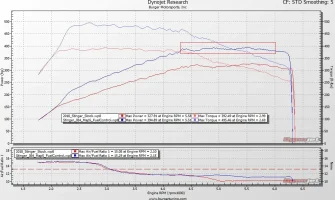Hi,
Has anyone tried going up with the max rpm limit? How much more RPM can the the engine take without modifications to the valvetrain?
Stock limitter seems to be at 6700. I would like to use more rpm to make better use of my hybrid turbos at low gears
Has anyone tried going up with the max rpm limit? How much more RPM can the the engine take without modifications to the valvetrain?
Stock limitter seems to be at 6700. I would like to use more rpm to make better use of my hybrid turbos at low gears





